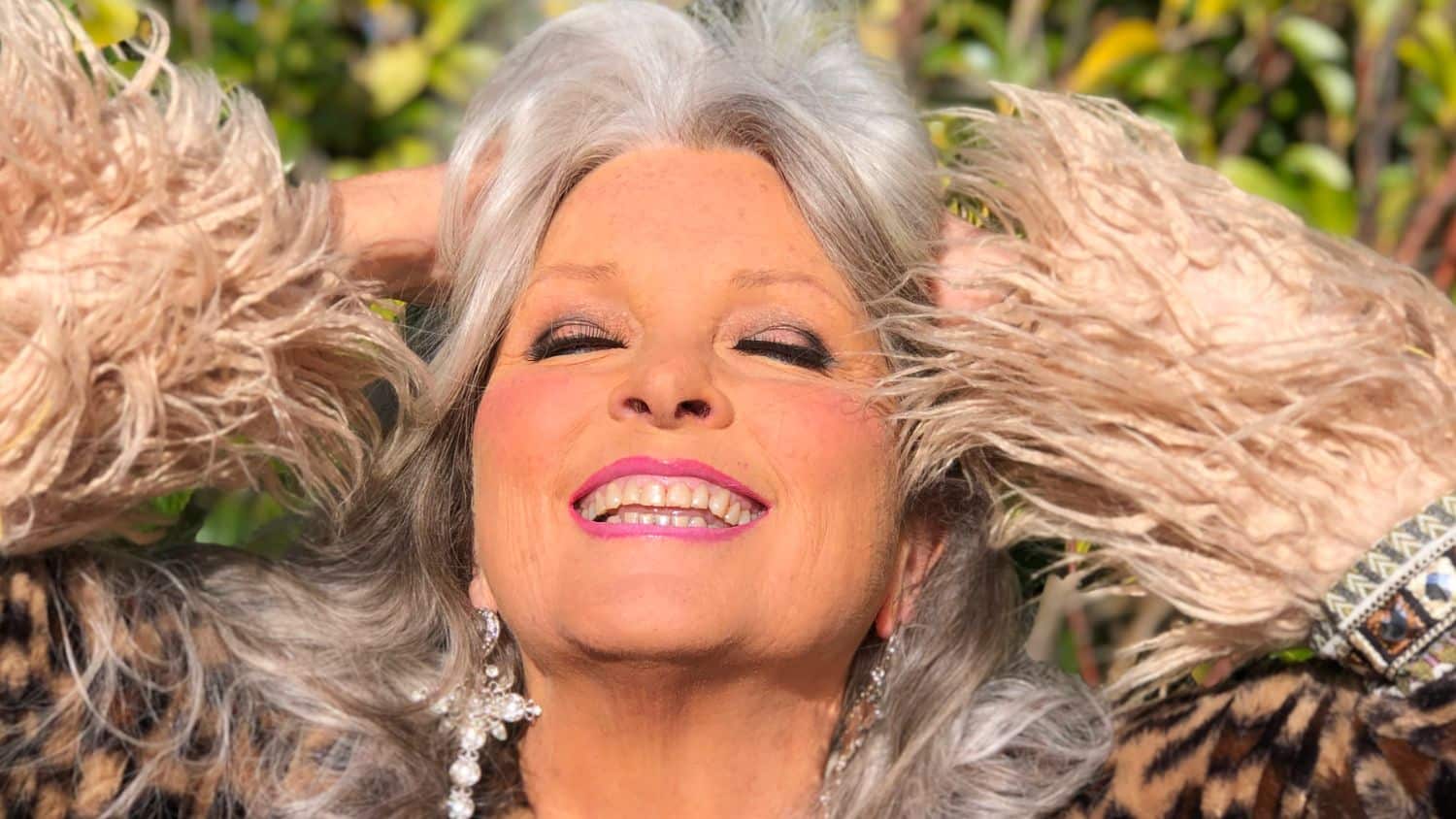
Are You Illiterate When It Comes to Media?
Most of us in this age bracket didn’t have to give a lot of thought to media and how to consume it.
There were two major delivery channels – print and broadcast. Print consisted of newspapers that landed on the front doorstep each morning, and national magazines like Life, Look, Newsweek and Time.
Broadcast consisted mostly of radio until television took off beginning in the 1950s. In a stunning demonstration of technology adoption, a decade later a vast majority of Americans had television sets, with each offering a whopping three choices of network programming.
The audience lapped up the programming, and the media companies raked in the profits for decades thereafter, serving as the arbiter of everything from fashion to politics.
We gave little thought to what scholars call this one-to-many, top-down approach. It mirrored our respect of institutions and those (mostly white men) in charge. Besides, who could resist the likes of the Lone Ranger and the reassuring reserve of Walter Cronkite? As a southerner, I got my introduction to life in urban America via the antics of Lucy and Ethel in the Big Apple.
Mainstream Media vs. Internet and Social Media
Our generation has seen the evolution of media in our lifetimes, so we can likely differentiate between mainstream media and the firehose of content now coming at us via the internet and social media. Or maybe we’ve forgotten how it used to be. At any rate, the generations coming after us see no such distinction. It’s startling to think, in fact, that my Millennial children are of the last generation to experience and remember the modern world without the internet.
The honchos in news media, in particular, may not want to admit it, but most people no longer think of their product as an independent arbiter of what’s important – the authority on government, politics and culture that makes and breaks careers and calls balls and strikes on the topics of the day.
The venerable New York Times had 6 million subscribers as of 2020, for example, about the same number who watch the CBS Evening News every night. At the same time, The Skimm, a newsletter that began curating the day’s news 10 years ago, has a reported 7 million subscribers, and PewDiePie, a purveyor of funny videos on YouTube, has 111 million.
You can argue these are apples and oranges, but the basket is full of everything from Dragon Fruit to acai berries these days, and the mainstream news media just aren’t the freshest picks. The old saw, “The media doesn’t tell us what to think but what to think about,” likely isn’t even true anymore, at least if you’re talking about mainstream news media.
Yes, we’re plugged into media more than ever, but what we’re facing now is a different animal.
Everyone Has a Voice!
Internet adoption – as in broadband internet usage – soared from 19 percent of the population in the developed world in 2007 to virtually 100 percent 10 years later. This was an exciting time for people in my field – journalism and communication – because it meant a stark departure from the one-to-many model to a many-to-many, peer-to-peer approach in which individual citizens could be heard over the big media gatekeepers.
Researchers and academics saw a future of participatory democracy in a virtual town square where everyone could barter in the marketplace of ideas, and information could be tracked and traded in a global information economy that served all.
It hasn’t quite worked out that way. When everyone has a megaphone, it gets pretty noisy out there, and even the mainstream media, whose audiences are mostly online these days, now seem part of the problem.
Reporters and journalists are normally a bookish bunch who dress for comfort, work long hours as government watchdogs and get excited over the occasional free pizza from their notoriously cheap bosses during stakeouts of the dull (like politicians) and/or dishonest (like mob bosses or George Santos).
With all this pressure for readership, one of the six characteristics of news they learned in journalism school – conflict – has taken center stage, especially since the internet algorithm gods determined it’s the dominant value that drives “traffic,” or readership, and thus ad revenue.
So, if you are among the many who yell “media bias,” I have a lot to say on the topic (Hint: it’s not just what you disagree with), but I will concede that conflict or controversy bias in media is a real thing causing real harm.
And as I said earlier, younger people often don’t know the fundamental difference between a professional journalist paid to be fair and balanced and a blogger or influencer who spouts grievances. The latter makes us feel good by fostering confirmation bias and pushing us into information silos – unhealthy trends for a well-informed society. (These folks were never forced by technology’s limitations to watch Walter Cronkite, remember?)
What’s a Media Consumer to Do?
Writers on this topic like Amanda Ripley and Jennifer Rubin have recently advised even journalists to pull back from the daily onslaught. They are opinion writers, but believe me, they are the epitome of media literate.
Be Media Literate
You don’t need to be at that level, but it helps to understand the media landscape a bit and the motivations of journalists and their employers. No matter what the haters say, most professional journalists train and work hard to serve their audience while facing pressure to get clicks in companies with a profit motive but also a responsibility to the public good.
Stories are vetted carefully, especially now, when everyone has something to say about them. (For a primer, see She Said, the new movie about how two New York Times reporters got the Harvey Weinstein story.)
Yes, being media literate – knowing the trajectory of media through history and understanding the negativity bias, the financial pressures and the difference between the agendas of journalists protecting the First Amendment and others exploiting it – takes a little knowledge and a bit of work. But it may help you survive your daily in-box and social media feeds with more sanity.
In practical terms, I do believe journalism will change in ways that resonate more with readers and viewers – such as offering solutions to problems and less ego-driven “breaking news” – as the current model continues to falter financially.
Find Journalists Who Maintain Professional Conduct
In the meantime, my advice is to zero in on those mainstream professional journalism outlets that serve you best, then slowly build your stable of newsletters and social media commentators who speak to your views and interests in an intelligent way.
And be aware of the distinction between news, which deals with factual information (not “alternative facts” ala Kellyanne Conway) and columns or opinion. Paying for useful and informative writing furthers the cause, but be ready to drop whoever seems to be trying to “trigger” you.
Don’t Depend on Friends’ Choices
At this stage of the internet and social media, you’re savvy enough to branch out beyond what your friends share and make your own choices.
One thing I’m trying now is an RSS feed. Rather than being manipulated by algorithms, which are designed to raise your blood pressure and get you hooked, you control the content flow. The content can be read and seen via an RSS app such as Feedly, FlipBoard and NewsBlur, and your email is spared.
RSS was a popular form of reader aggregation in the mid-2000s but took a backseat once “sharing” on social media apps like Twitter surged in popularity. RSS apps (RSS stands for Really Simple Syndication) are now easily downloaded on your phone and take just minutes to set up.
Media Literacy Should Be Taught at School
My hope for the future is that our institutions of education, from kindergarten to graduate school, will see how important media literacy is and incorporate more of it in their curricula. Resources are everywhere – the News Literacy Project and the Pew Research Center among them.
In the not-too-distant future, there will be few left who understand the trajectory from Huntley and Brinkley to Cheddar News (and print newspapers will be a novelty), but I’m optimistic that it won’t matter because we’ll understand that as individuals we need to vet our information diet as carefully as we do anything else we consume.
Let’s Have a Conversation:
What does “media bias” mean in your mind? Do you give much thought to how journalists work? How do you tame your in-box and decide what to read or consume?
Tags Empowerment







“Media bias” most often seems to me to be a term used primarily by the extreme right and/or Fox network viewers to dismiss the credibility of all the real journalists (which the main “entertainers”—Hannity, Tucker and Ingram are most decidedly not) who actually report the facts.
Hi Teresa,
Exactly! I’m trying to debunk the notion that “media bias” means the media are biased against the right. It’s not a position that is grounded in fact or research. In fact, media have progressively moved to giving more credence to the right in recent decades (in the effort to cover “both sides”), according to academic research in the field. Still, the “media bias!” call continues. The media are biased, as I write, toward conflict but mainstream news journalists would kill their own careers if they were seen to be biased politically. The mainstream news media are not in the business of lying and being politically biased. That would be the death of them.